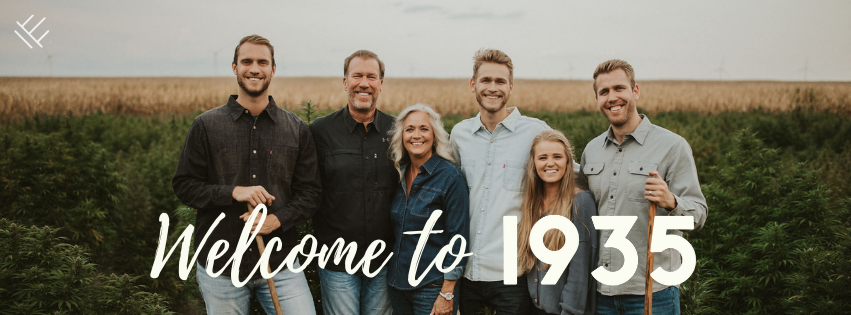The 36th state in the United States, Nevada, is home to one of the most intense cities in America. Las Vegas is regularly attached to a stigma of night life: neon signs, partying, dancing, drinking, gambling, strip clubs, and illegal drug use. While this may be a stereotype, it is nevertheless one perpetuated by statistics.
In 2012, National Geographic Channel put an article on their webpage titled “FACTS: LAS VEGAS” where they cited that “violent crime rate in Las Vegas is 120 percent higher than the national average.” It also added that the last decade Nevada has shown a marginal increase in per capita sales for both Oxycodone and Hydrocodone.
Back in 2015 Las Vegas Now published an article showing the rise of drug abuse and deaths to overdose steadily rising in Nevada. “…there are 21.6 deaths for every 100,000 people, making drug abuse the leading cause for fatal injuries.” The article explains.
When it comes to addiction, Las Vegas seems to be one of the nation’s leaders in drug use. According to the National Survey on Drug Use and Health (NSDUH), Nevada has a 1.33 perfect higher rate of substance abuse than the national average. Nevada having 9.35 percent and the national average being 8.02 percent. Even with some of the best recovery services available, Las Vegas can’t seem to escape the problem, especially when it comes to Heroin and Methamphetamine.
In fact, “The City of Lights” remains, to this day, one of the primary sources of drug trafficking in the United States, with more drugs, such as cocaine, marijuana, and methamphetamines, being imported every year than most cities in America.
The Substance Abuse and Mental Health Services Administration (SAMHSA) consistently collects data on substance abuse throughout the nation. From 2005 to 2010, Las Vegas has a higher-than-national-average rate of substance abuse by an impressive margin. A graph provided by SAMHSA showed illicit drugs in Las Vegas at 16.8 percent over the national average of 14.7 percent, and prescription drugs at 6.7 percent with the national average at 4.9 percent.
To put this in perspective, the estimates between these two statistics is considered statistically significant at the .05 percent level. That means that anything greater than .05 percent is considered important enough to consider marginable. Given that Las Vegas leads the national average by 2.1 percent in illicit drugs and 1.8 percent, this is a rather sizeable gap.
The stereotype attached to the Las Vegas life certainly does not seem to help with these statistics by any means. In fact, it only perpetuates it. Every year millions of tourists flood the streets of Las Vegas in order to celebrate 21st birthday parties, or to just unwind and party. Despite efforts by the government, both state and federal, the arrest rates involving illicit drugs has only gone up in the past years as more and more people come to the “City of Lights” with the sole intention of debauchery and decadence.
Sources:
(1) https://www.whitehouse.gov/sites/default/files/docs/state_profile_-_nevada.pdf
(2) http://channel.nationalgeographic.com/drugs-inc/articles/facts-las-vegas/
(3) http://www.samhsa.gov/data/sites/default/files/NSDUHMetroBriefReports/NSDUHMetroBriefReports/NSDUH-Metro-Las-Vegas.pdf





